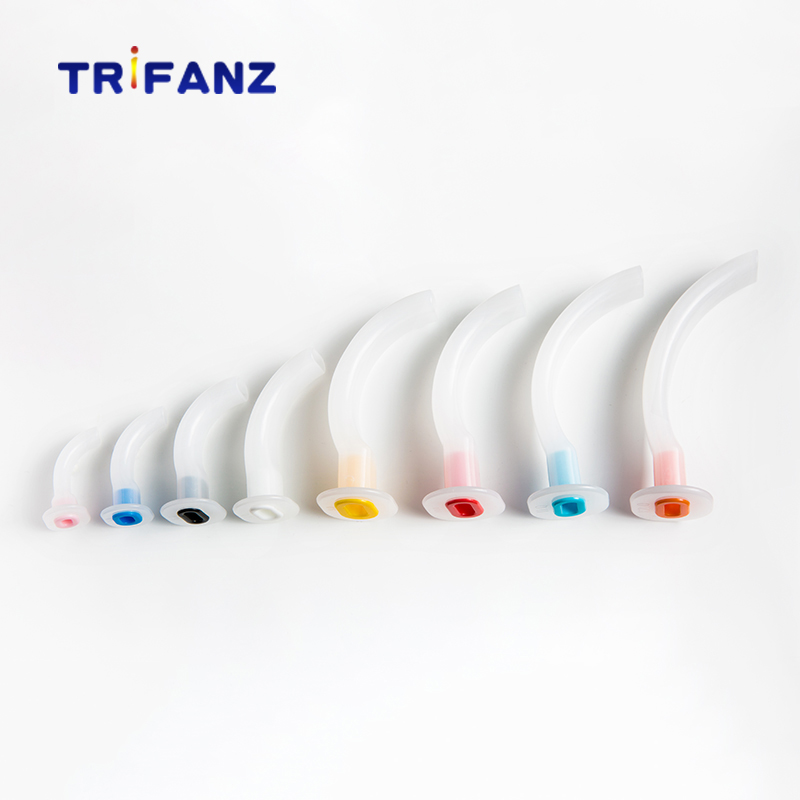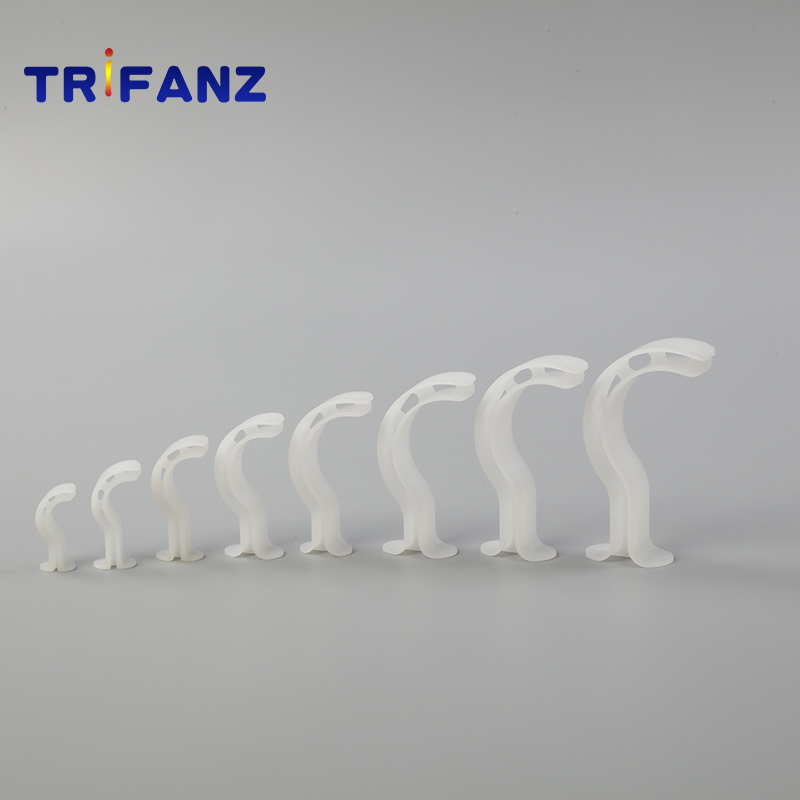The deformability of cancerous cells is much greater than that of normal cells. Using this feature of cancerous cells, the researchers developed a microchip with multiple pores. The cells extracted from the pleural effusion enter the pores and collide with the "wall" of the chip to deform and deform. The high-speed imaging device records and analyzes at a rate of 100 cells per second to determine whether cancer cells are present.
Rao Jianyu, a professor at the University of California, Los Angeles, who led the research, told reporters that they used microchips to detect more than 100 samples, and found 100% of cancerous samples. Existing cancer screening methods usually only detect 80% to 90%. Next, they will conduct larger clinical trials.
Rao Jianyu said that current cancer screening often indirectly determines some behavioral characteristics of cancerous cells, such as invasiveness and metastasis ability, sensitivity to drugs, etc., generally must first fix the cells and then stain, or extract DNA and protein components. When analyzing, the procedures are many and complicated, but the results are often one-sided and indirect.
Microchip technology directly determines the physical and behavioral characteristics of cancerous cells, and does not require cell processing or staining, so it is simple, fast, and more accurate. Rao Jianyu said: "It is like judging a person's fighting ability. It may be helpful but not enough to look at the tall, thin, thin or family background. The direct game is the most useful."
He said: "People talk about cancer discoloration because cancer cells have the commonality of infiltration and metastasis, but also have ever-changing personality. Therefore, it is especially important to judge the physical and behavioral characteristics of cancer cells in a direct way, which makes us cancer. The understanding of cells is more direct, comprehensive and accurate, and the diagnosis of cancer has become a new platform."
An oropharyngeal airway (oral airway, OPA) is an airway adjunct used to maintain or open the airway by stopping the tongue from covering the epiglottis. In this position, the tongue may prevent an individual from breathing.

Guedel Airway
a. Made of semi-rigid non-toxic polyethylene.
b. Bite block and tongue depressor,Rigid bite block helps keeping the victims airway from collapsing
c. Size: 000, 00,0,1,2,3,4,5,6

Maintains airway through the oral cavity and pharynx
Atraumatic soft-rounded edges
Smooth inner and outer surfaces
Side channels provide access for suction catheters
Flexible to ensure dental protection
Oropharyngeal Airway,Oral Pharyngeal Airway,Medical Oropharyngeal Airway,Opa Airway
Hangzhou Trifanz Medical Device Co., Ltd , https://www.cfzmed.com